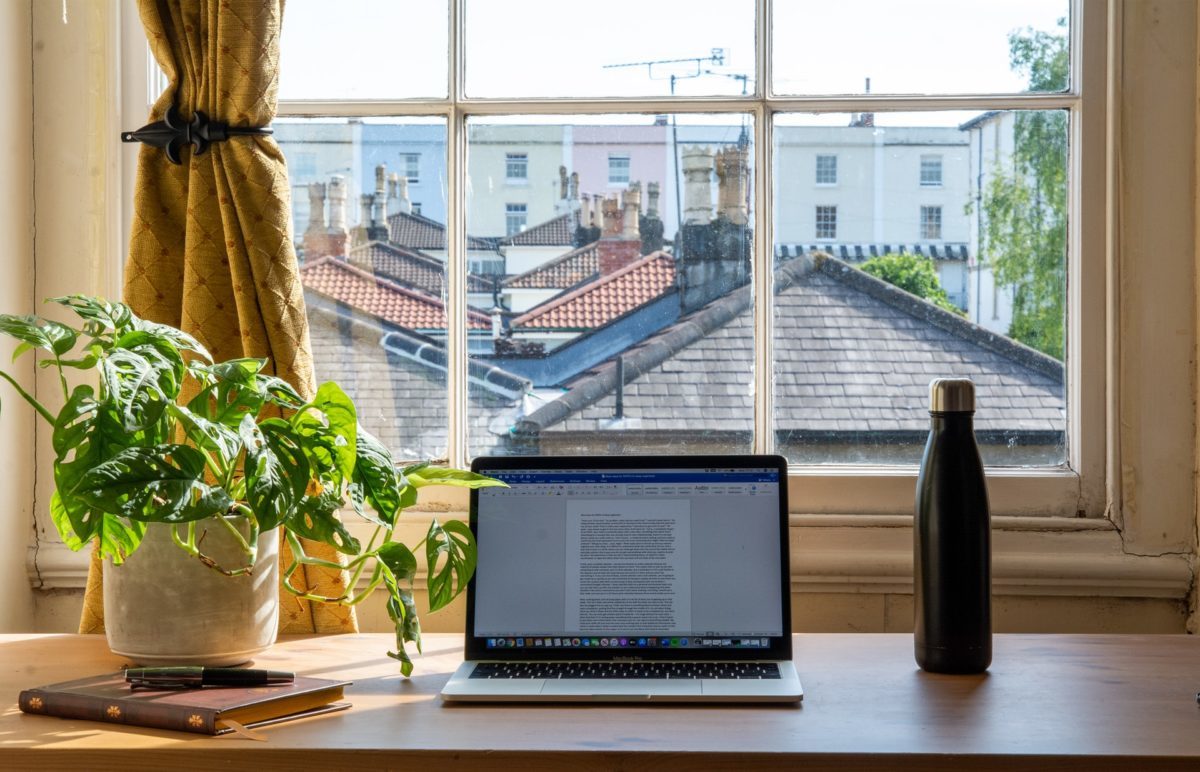The pandemic has seen many of us working in a more flexible way than we’re used to. With millions of people forced to work from home rather than the office, business leaders have had to shift their entire mindset around flexible and virtual working. For many businesses, working from home was a perk, while flexible working arrangements tended to be reserved for working parents. That’s all changed now, and it comes down to trust.
At The Social Element, we’ve always had a virtual and flexible working structure.
The majority of our team work from home, but we have an office for those who want to come in, particularly to meet, collaborate and brainstorm. I tend to mix it up – working from home a few days, and then in the office where I enjoy the chance meetings and unscheduled conversations. The combination works for me, and the structure recognises that it’s different for everyone.
I’ve found it really interesting watching how businesses have responded. I think for many, it almost surprised them that on the whole, their employees could work productively (often more so) from home. Many were suddenly much more understanding about the flexibility needed for childcare. I think we all place a higher value on the impact our support networks have on the economy.
That’s led to some interesting decisions by businesses to embrace flexible and remote working:
- Bishopsgate Financial Consulting is giving up its head office in London’s financial centre after realising how efficiently people were working from home. The move will slash its annual costs by a quarter.
- Twitter plans to reopen its offices in September, but employees are now allowed to work from home as much as they like.
- Facebook is allowing more virtual work, saying that up to half of its workforce could be working from home in 5-10 years.
- We’re seeing increasing discussion in the UK and US around a 4-day work week (which could help with social distancing when organisations ask people to go back into the office). It would also give people more leisure time, which could give a much-needed boost to the economy.
- More parents who work outside of the home are considering asking for flexible working arrangements as they feel it would have a positive effect on both their personal lives and their work.
I know from my own conversations that a lot of businesses are talking about what their offices might look like – do they become collaboration and meeting hubs, rather than fixed desk spaces, for example. There’s no doubt that flexible working will increase.
From my experience, I think there are four key things that influence the success of flexible working.
Four factors that will influence the future of flexible working
- Trust
I think that there has been a lack of trust among many senior management teams about flexible working or teams working from home. If you can’t see someone, how do you know they’re working?
That means changing what you value, and what you measure. TIme in the office doesn’t equal productivity. So instead of being able to see someone, think about seeing the results of the work they do. That takes good management, and the ability to trust your people. If you can’t trust them, you should question whether a) they’re the right people or b) you’re measuring the right things.
- Remember that everyone’s different
While many people say that they feel more productive working from home, and some businesses have seen evidence of increased productivity, virtual working 100% of the time isn’t for everyone.
Some people are more extroverted; others need the buzz of an office and to share ideas in person. For others, they could be dealing with a lack of resources at home – not everyone has space at home to work, or the ability to work without being disturbed by children, for example. Different things will work for different people.
- A culture that means you can adapt to new situations
We may be going in and out of lockdowns, either nationally or locally, for some time. That means having to adapt to the current advice on health and safety, childcare arrangements and the safety of transport networks.
A bit of creativity could be the answer here. For example, staggering working times, reducing the number of people needed in meetings, using virtual tools to connect, collaborate and create. Above all, people need to feel part of one team.
- A chance to diversify the talent pool
One of the benefits of our virtual structure has been the ability to expand the talent pool. We’re not restricted to a single location (in fact, my Executive team is in London, Valencia, Aberdeen and North Carolina), so there’s no bias towards those who live in usually bigger, more expensive cities. We receive many applications and resumes of candidates online from different countries. We have people working for us from all over the world, which brings great diversity (and language skills). Not having to commute means we have more people who have disabilities, whose brilliant talent we wouldn’t be able to benefit from if we all had to commute. We have a greater age range in the business, too, as some of our team work flexible hours or part time. These are all fantastic consequences of not having rigid working structures.
While Covid-19 won’t mean the end of the office, it will see a major shift in how employees, managers and business leaders structure and manage their workforce. That will include greater flexibility, and the consequences could be hugely positive in ways far beyond financial.






Leave a Reply